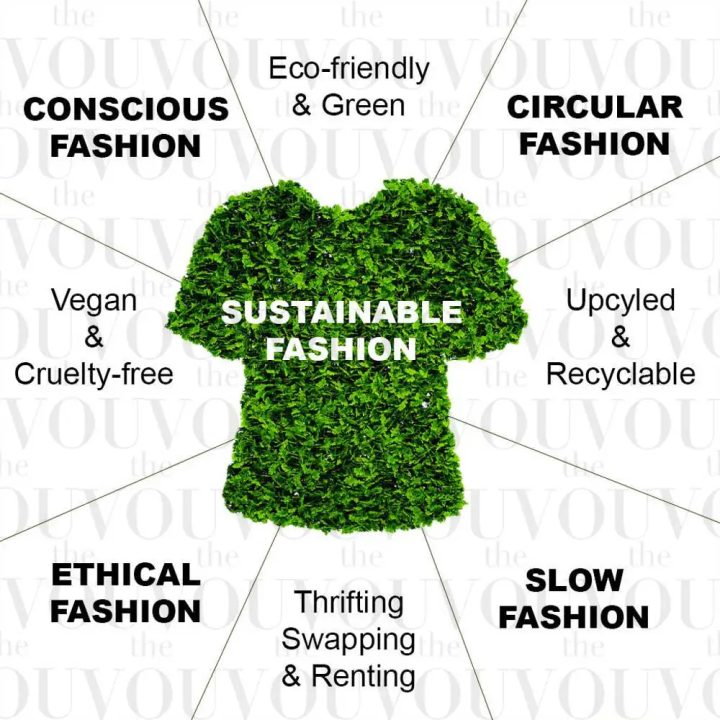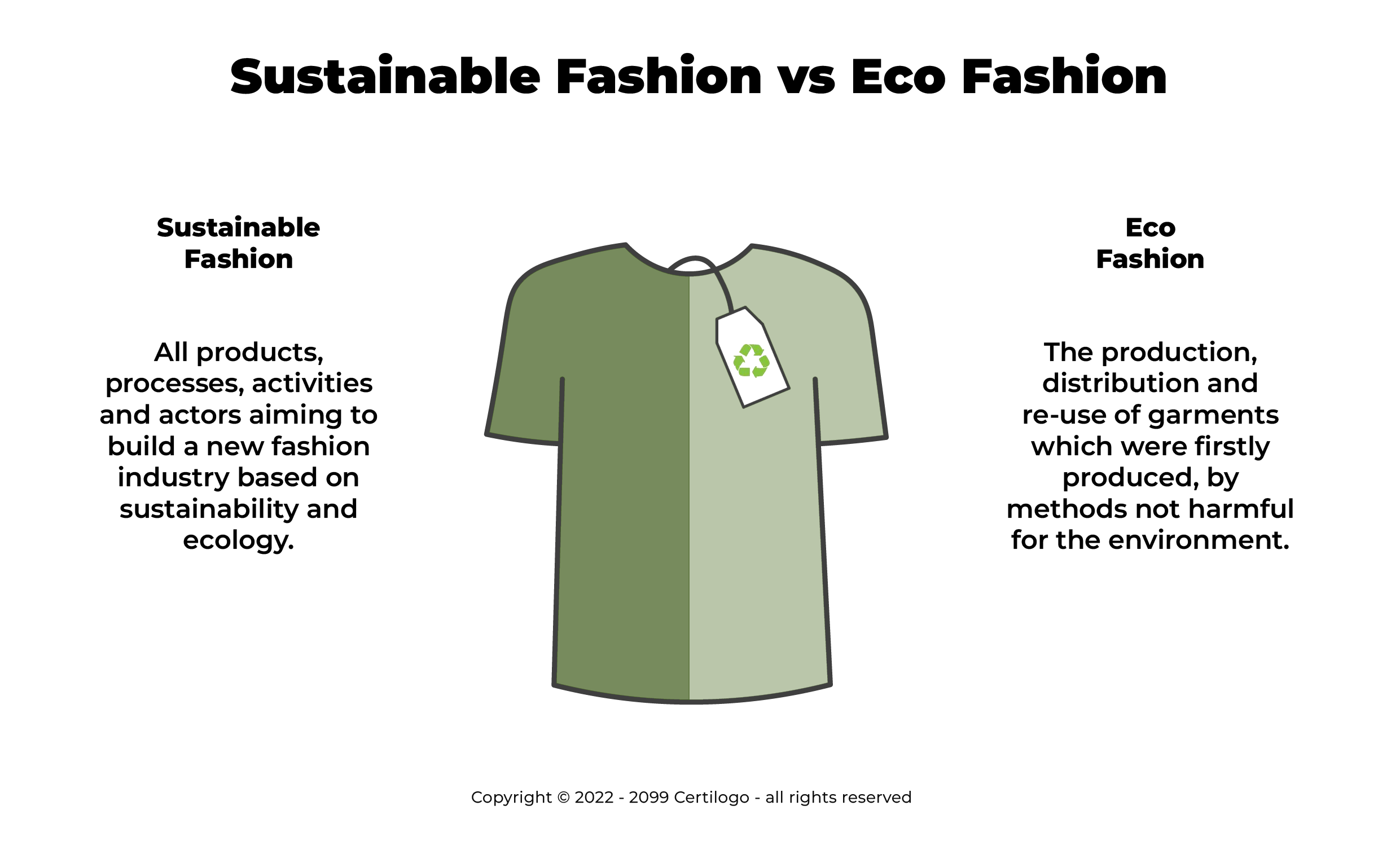Cape Town Sustainable Fashion: Redefining Design with Moral Selections
Cape Town Sustainable Fashion: Redefining Design with Moral Selections
Blog Article
Stay Ahead of the Curve by Discovering Innovative Fashion Fads
In an industry as dynamic as style, remaining ahead includes even more than just complying with existing trends-- it demands an expedition of innovation. Smart fabrics, for circumstances, are transforming garments into practical work of arts, while 3D printing is transforming style procedures with its customizable, waste-reducing abilities. As sustainability comes to be a cornerstone, advancements like environmentally friendly products and round style techniques are improving ecological responsibility - Cape Town Sustainable Fashion. In addition, the merging of technology and fashion declares a new age of customer interaction. Exactly how, after that, can these arising patterns redefine the future of style, and what ramifications do they hold for brand names looking for to prosper in this progressing landscape?

Accepting Smart Textiles
In recent times, the garment industry has witnessed a transformative change with the combination of smart fabrics, an advanced technology that blends technology with textile. This development stands for not just a fusion of looks and functionality but also a considerable jump in the direction of sustainability and customization in vogue. Smart textiles, likewise referred to as e-textiles, embed sophisticated electronic devices such as sensing units and conductive strings within the textile, making it possible for garments to interact with the user or the setting.
These fabrics are made to monitor physiological specifications, such as heart price or body temperature level, supplying real-time wellness analytics. Past health and wellness applications, wise fabrics are additionally being utilized for flexible apparel, which can transform shade or pattern in action to ecological stimulations, hence supplying a vibrant style experience.
Additionally, the advancement of energy-harvesting textiles that generate power from motion or sunlight is leading the way for self-dependent wearable modern technology. This technology is attracting environmentally conscious customers and developers aiming to reduce the eco-friendly footprint of fashion. As r & d in this field advancement, smart fabrics are anticipated to come to be progressively prevalent, improving the landscape of contemporary fashion with their multifunctional capacities.
The Surge of 3D Printing
Changing the production landscape, 3D printing has arised as a game-changer in the fashion sector. This innovative technology has made it possible for designers to press the limits of creativity, generating elaborate and customized garments that were formerly unthinkable. By leveraging digital style and additive manufacturing, 3D printing assists in the creation of complicated geometries and patterns, permitting designers to trying out new structures and structures.
A significant benefit of 3D printing in vogue is its ability to create on-demand, decreasing waste and decreasing supply needs. This effectiveness not just enhances manufacturing processes but additionally enables for quick prototyping, making it possible for designers to bring their visions to life in a much shorter duration. In addition, 3D printing sustains modification somewhat unequaled by conventional techniques, using customized fits and one-of-a-kind designs tailored to specific consumer choices.
The surge of 3D printing has also democratized style, making it accessible to emerging developers that can currently fabricate high-grade items without significant economic investment in typical production framework. As modern technology remains to advance, the fashion business is poised to harness the full potential of 3D printing, exploring new materials and strategies that will certainly redefine how fashion is developed and generated.
Lasting Fashion Innovations
As the style market comes to grips with the pushing demand for environmental responsibility, sustainable style advancements have arised at the center of transformative adjustment. The expanding recognition of environmental effect has actually sustained a shift in the direction of even more eco-conscious practices and products. Brand names and designers are now focusing on sustainability, incorporating methods that lessen waste and decrease carbon footprints.
One significant advancement is the surge of circular fashion, which stresses recycling and upcycling to extend the lifecycle of garments. This strategy not only decreases waste yet also motivates customers to take on a more mindful technique to clothing consumption.
One more breakthrough lies in the fostering of cutting-edge dyeing strategies that utilize waterless procedures or natural dyes, thus minimizing the substantial quantities of water and chemicals traditionally utilized in textile dyeing. Moreover, advancements in biotechnology have led to the development of lab-grown leather and materials, using eco pleasant and cruelty-free alternatives to conventional products. Via these introducing initiatives, the fashion business Learn More Here is making significant strides in the direction of a much more sustainable future.

Tech-Integrated Garments
Tech-integrated clothing stands for an innovative blend of fashion and innovation, improving how people interact with their garments. This cutting-edge domain is marked by the incorporation of smart textiles and ingrained electronic components, improving both capability and visual appeal. From physical fitness trackers installed in sports apparel to heated jackets managed using smartphone apps, tech-integrated clothing supplies customers unprecedented benefit and versatility.
Introducing brands are driving this pattern, concentrating on producing garments that respond to environmental stimulations or individual commands. For circumstances, some garments can change shade or pattern in response to temperature level changes, while others incorporate biometric sensing units to keep track of wellness metrics like heart rate or anxiety levels. The seamless assimilation of technology into fabrics also reaches ecological sustainability, with efforts to establish self-cleaning textiles or garments that get used link to climate condition, hence reducing the demand for multiple layers.
Additionally, the introduction of wearable innovation is not simply restricted to clothing but extends to accessories like watches and glasses, further expanding the extent of tech-integrated style. As the industry continues to innovate, the capacity for personalization and personalization in garments expands, supplying customers unique, tech-enhanced fashion experiences that accommodate their individual requirements and preferences.
Future of Virtual Fashion
Over the last few years, the future of online fashion has become a transformative force within the industry, leveraging advancements in digital technology to redefine how fashion is developed, experienced, and eaten. By incorporating increased truth (AR), online truth (VR), and 3D design devices, developers can currently craft interactive and immersive experiences that transcend standard fashion boundaries. Digital style permits the development of garments that exist exclusively in digital atmospheres, providing unlimited possibilities for development without the limitations of physical production.
This electronic shift not just presents opportunities for imaginative expression however likewise addresses sustainability concerns integral in standard fashion techniques. Cape Town Sustainable Fashion. By getting rid of the need for physical sources, online style minimizes waste and reduces carbon impacts. Moreover, the rise of digital fashion straightens with the enhancing customer demand for individualized and distinct experiences, as digital garments can be personalized and customized to private choices effortlessly

Verdict
The fashion market's future lies in the assimilation of lasting techniques and ingenious modern technologies. Virtual fashion is poised to redefine customer communications.
In recent years, the fashion sector has actually witnessed a transformative shift with the combination of clever textiles, an innovative innovation that blends technology with material.As the style sector grapples with the pushing need for environmental obligation, lasting style technologies have actually arised at the forefront of transformative modification.In recent years, the future of online style has actually emerged as a transformative force within the market, leveraging improvements in electronic modern technology to redefine just how style is developed, experienced, and eaten. The surge of digital style lines up with the boosting customer demand for tailored and special experiences, as online garments can be personalized and tailored to individual preferences with convenience.
The style market's future lies in the combination of lasting methods and innovative technologies.
Report this page